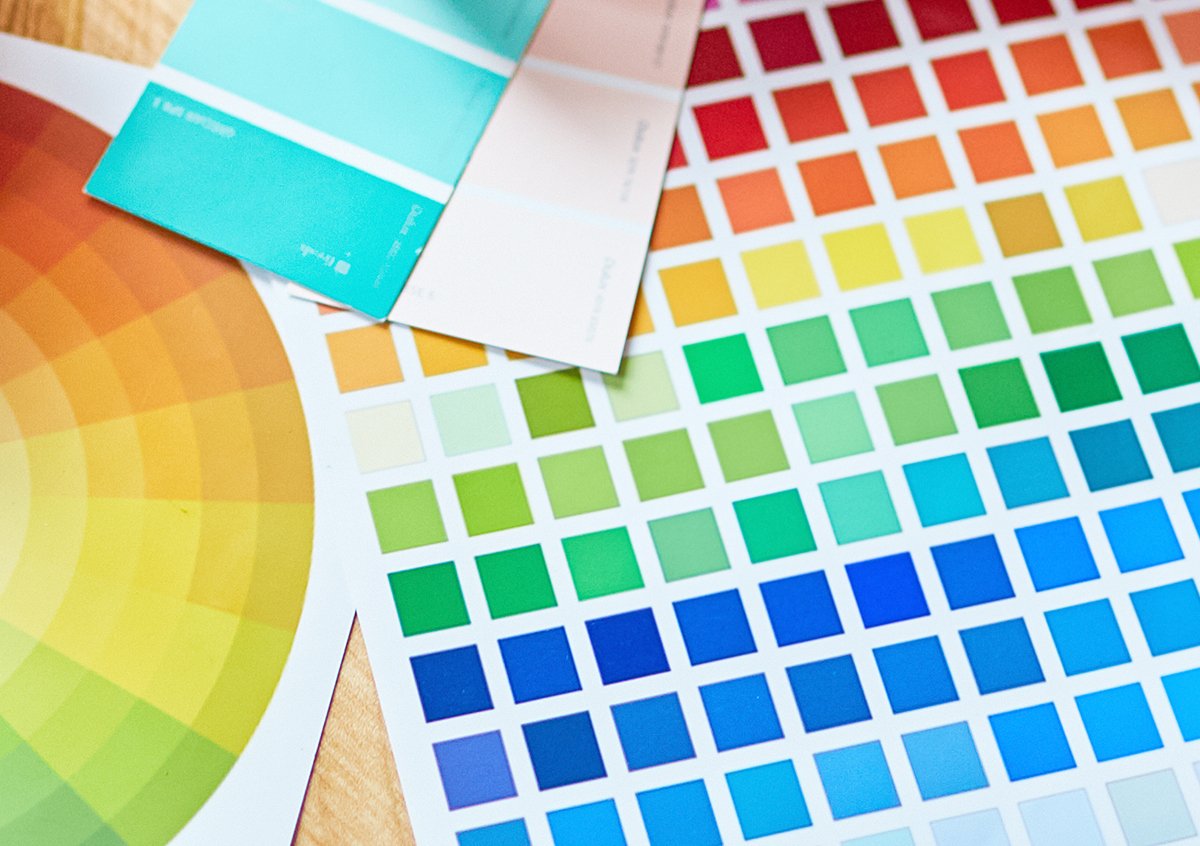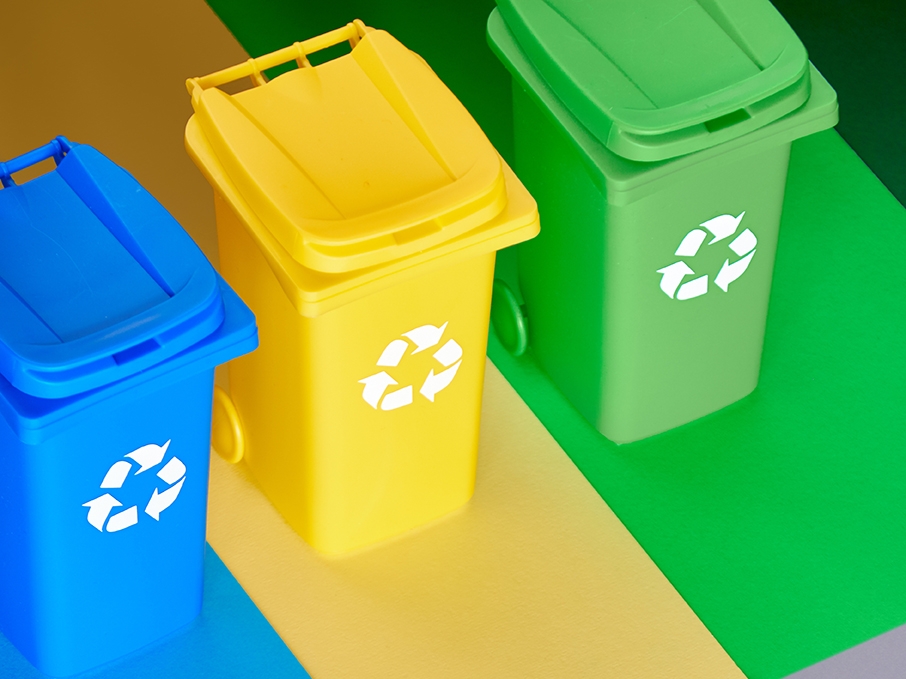Prevent infections through a simple strategy: Color Coding
Building services contractors (BSCs) and in-house facility cleaning managers have long been used to using colors to identify microfiber cloths. Now, this colorful modality is showing up on almost every tool in every cleaning closet, from mops and buckets to brooms and brushes.
From the beginning of the pandemic, it is very important to prevent cross-contamination. In this way, distributors have the opportunity to give their customers an appropriate education about the importance of having a color system to identify each product in a faster and easier way.

"Customers already know the importance of color coding in certain environments, such as healthcare," says John Poole, a senior consultant for the American Institute for Cleaning Sciences, Atlanta. "Today, because of the pandemic, everyone is cleaning more for health than appearances. We're concerned about the passing of pathogens from inanimate surfaces, so cleaning frequencies of high-touch points are increasing everywhere."
The Language Of Color
Color coding the various items is important to help janitors distinguish each cleaning tool so that they can be limited to certain locations to prevent further spread of bacteria. For example, exclusive red mops and buckets for bathrooms, and yellow ones are used for common areas.
Nobody would like to have salmonella at the entrance of the facilities nor that bacteria that are commonly found in the bathrooms would move into a kitchen!
Second: It is easier to use color-coding as a universal language to train multicultural staff. The visual helps a lot in this regard. For example, many companies use floor plans broken down by color so that janitors know which tools to use in each area. This reduces the amount of effort it takes to remember what the mop is intended for.
Joel Craddock, president of Doc's Facilities Solutions, Rochester, New York says it's a very quick and easy way to train staff by teaching them about color-coding.

Craddock says the ease of training has been one of the biggest benefits of color coding for his business.
"At one point I had 18 different languages spoken in my company," says Craddock. "So being able to show staff the colors that they need to use on different surfaces makes training so much easier."
Craddock sets the traffic lights as an easy example: “If you're driving a car, green is the international color for go, so it's used for open office areas, like desktops and partitions," he explains. "Yellow indicates caution, so we use it for areas like sinks, kitchenettes, and cafeterias. Red means danger — everyone uses that for urinals or toilets."

